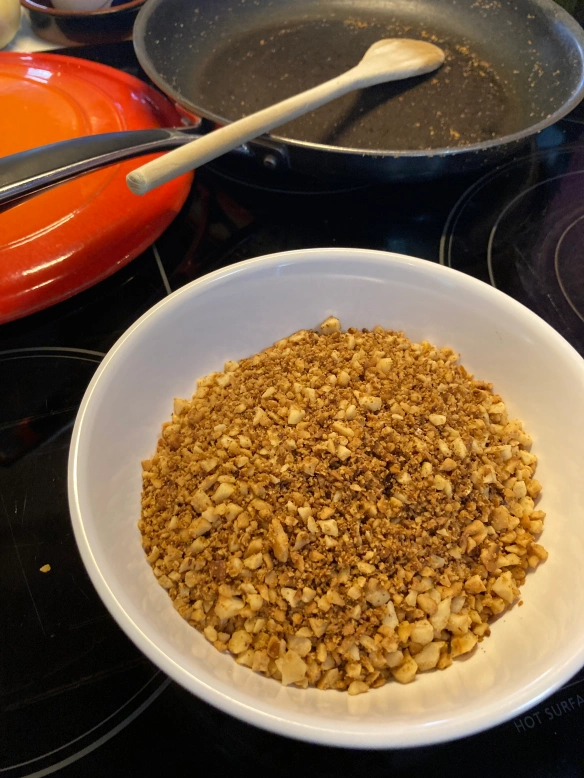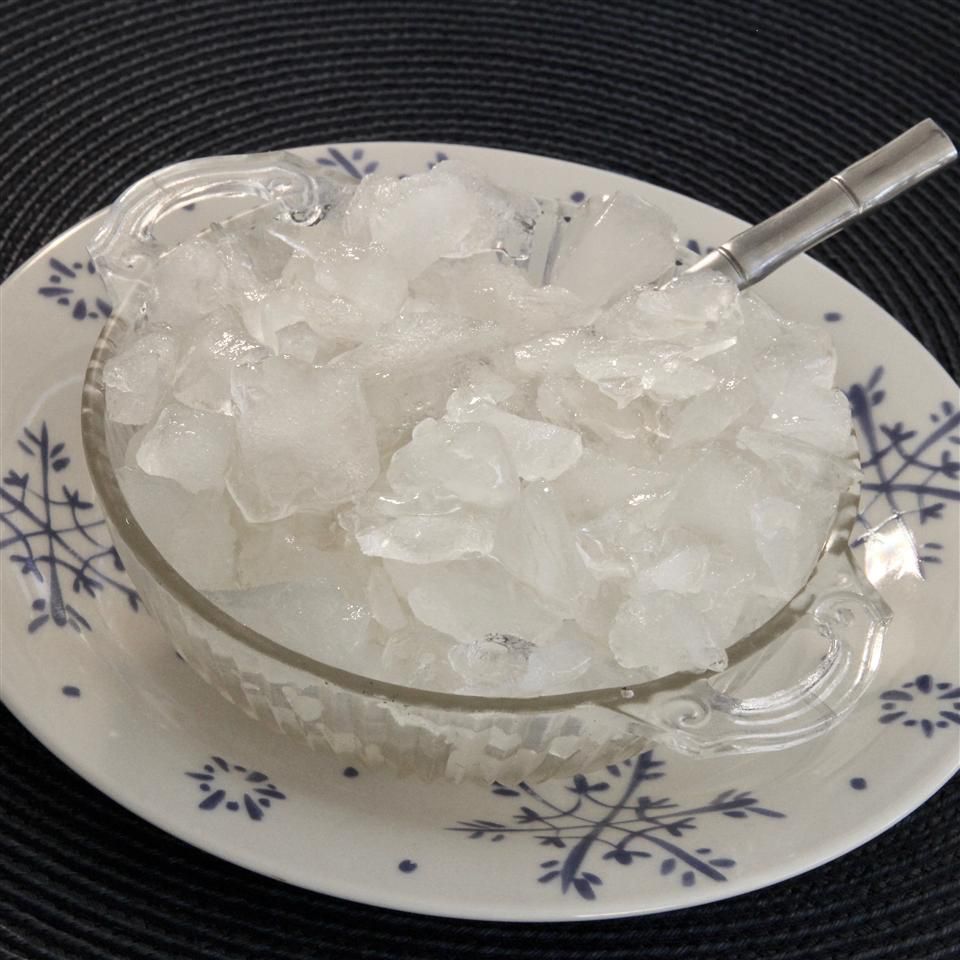I IS FOR INAMONA
By:
May 1, 2023

An installment in CONDIMENT ABECEDARIUM, an apophenic food-history series from HILOBROW friend Tom Nealon, author of the seminal book Food Fights and Culture Wars: A Secret History of Taste (2016 UK; 2017 US); and also — here at HILOBROW — the popular series STUFFED (2014–2020) and DE CONDIMENTIS (2010–2012).
CONDIMENT ABECEDARIUM: SERIES INTRODUCTION | AIOLI / ANCHOVIES | BANANA KETCHUP / BALSAMIC VINEGAR | CHIMICHURRI / CAMELINE SAUCE | DELAL / DIP | ENCURTIDO / EXTRACT OF MEAT | FURIKAKE / FINA’DENNE’ | GREEN CHILE / GARUM | HOT HONEY / HORSERADISH | INAMONA / ICE | JALAPEÑO / JIMMIES | KECAP MANIS / KIMCHI | LJUTENICA / LEMON | MONKEY GLAND SAUCE / MURRI | NƯỚC CHẤM / NUTELLA | OLIVE OIL / OXYGALA | PIKLIZ / PYLSUSINNEP SAUCE | QIZHA / QUESO | RED-EYE GRAVY / RANCH DRESSING | SAMBAL / SAUERKRAUT | TZATZIKI / TARTAR SAUCE | UMEBOSHI / UNAGI SAUCE | VEGEMITE / VERJUS | WHITE GRAVY / WOW-WOW SAUCE | XO SAUCE / XNIPEK | YOGHURT / YEMA | ZHOUG / ZA’ATAR | GOOD-BYE TO ALL TZAT(ZIKI).

Inamona is a condiment made from the candlenut (kukui in Hawaiian, lumbang in the Philippines) mixed with salt and sometimes seaweed (and, more recently, chiles or other spices). The candlenut is widespread in the south pacific having been brought along by early voyagers 3,000 to 4,000 years ago. Like many a great condiment, its use and popularity is based on both culinary as well as practical concerns — it tastes good, but is also stable for long voyages. And Polynesian voyages were LONG — they brought chickens 5,000 miles to a cookout in Chile 700 years ago, for example. It is used in a number of cuisines, often as an addition to curries, but also for its oil as a skin conditioner, as an ingredient in tattoo ink and, most picturesquely, as a light and unit of time. Nuts would be strung along and lit one after another (the oil burns well and was used in lamps) in roughly 15 minute increments that were then used as units of time — I’ll be finished in three nuts, tops, you might say.
For inamona, the nuts, modestly toxic when raw, are roasted, cracked, husked, and then ground and mixed with pa’akai (a mineral-rich volcanic sea salt). It is famous as an accompaniment to poke, but had been in use on fish and vegetables as a salty, umami addition for millennia before the poke craze took hold in the 1970s.
Because the process for making proper inamona is both time-consuming and specific, most commercialized versions are lazy shrugs towards the real thing, sometimes just consisting of crushed raw nuts. This is, of course, true of many things and their interactions with mass production and capitalism, but rarely in as extreme a manner as you see with condiments. Some — ketchup, Worcestershire, crappy mayonnaise, certain mustards, even Roman fish sauce — are perfect for mass production and, in many cases, can hardly be made without it. Others, like inamona, are extremely resistant to industrial processes or require so many extraneous ingredients — preservatives, shelf stabilizers and what Frederick Accum called “fraudulent sophistications” — that they become a shadow, an obfuscation (mayo, again, but also every fake fermented soy sauce, ersatz vinegar and tube of green horseradish).
So make some inamona! The nuts are pretty easy to get at any Asian grocery, real-world or otherwise. They are usually husked, so you can just toss them in a hot pan like you might for pine nuts, or throw them in to broil, toss them on the grill in a basket — then crushed with salt and some nori and, boom; you are ready for a voyage. Or lunch.

What is a condiment? It’s not just an ingredient, a spice, a flavor. It implies a choice, an active engagement on the part of the user — even if that activity is just squirting or dipping or spooning. It is unnecessary — we could eat without it — yet crucial — we really would rather not. At their most elemental, we can almost forget them. The first condiment was — they say — salt. But maybe it was water? Wetting our food changes so many things about it: the texture, flavors are made available and more obvious, our noses are engaged as smells become present or more intense, the appearance changes which, in turn, changes our experience of it in a variety of ways, including taste. Back before refrigeration, one of the most dramatic things that you could do to food was to chill it. Often, of course, this chilling was part of the preparation or the recipe (ice cream, or frozen cheeses, emulsions, custards) but often it was to enhance the flavor or presentation — raw meats, pickled foods, fruits, vegetables, cheese, chocolate, many soups — all benefit and change their character dramatically when chilled. And that is without even mentioning beverages. Whole industries once existed for moving ice around the world, homes had entire rooms and structures dedicated to the keeping of ice for use in cookery.
Now liquid nitrogen is used to rapidly chill certain foods and it adds qualities that are both similar and different to ice — it is already relatively widespread in commercial kitchens, and available for home cooks (if you are risk tolerant). Right now you can get a little bell jar and a table smoker, toss a few woodchips in there and smoke your piece of cheese or meat or an entire sandwich yourself. You can inject CO₂ into your fruit and make blueberries or kumquats into pop rocks. Maybe you don’t want to, but you could. Are these elements and qualities and processes condiments? I’m not really sure, but if they aren’t yet, they are close and getting closer.
TOM NEALON at HILOBROW: CONDIMENT ABECEDARIUM series | STUFFED series | DE CONDIMENTIS series | SALSA MAHONESA AND THE SEVEN YEARS WAR | & much more. You can find Tom’s book Food Fights & Culture Wars here.
